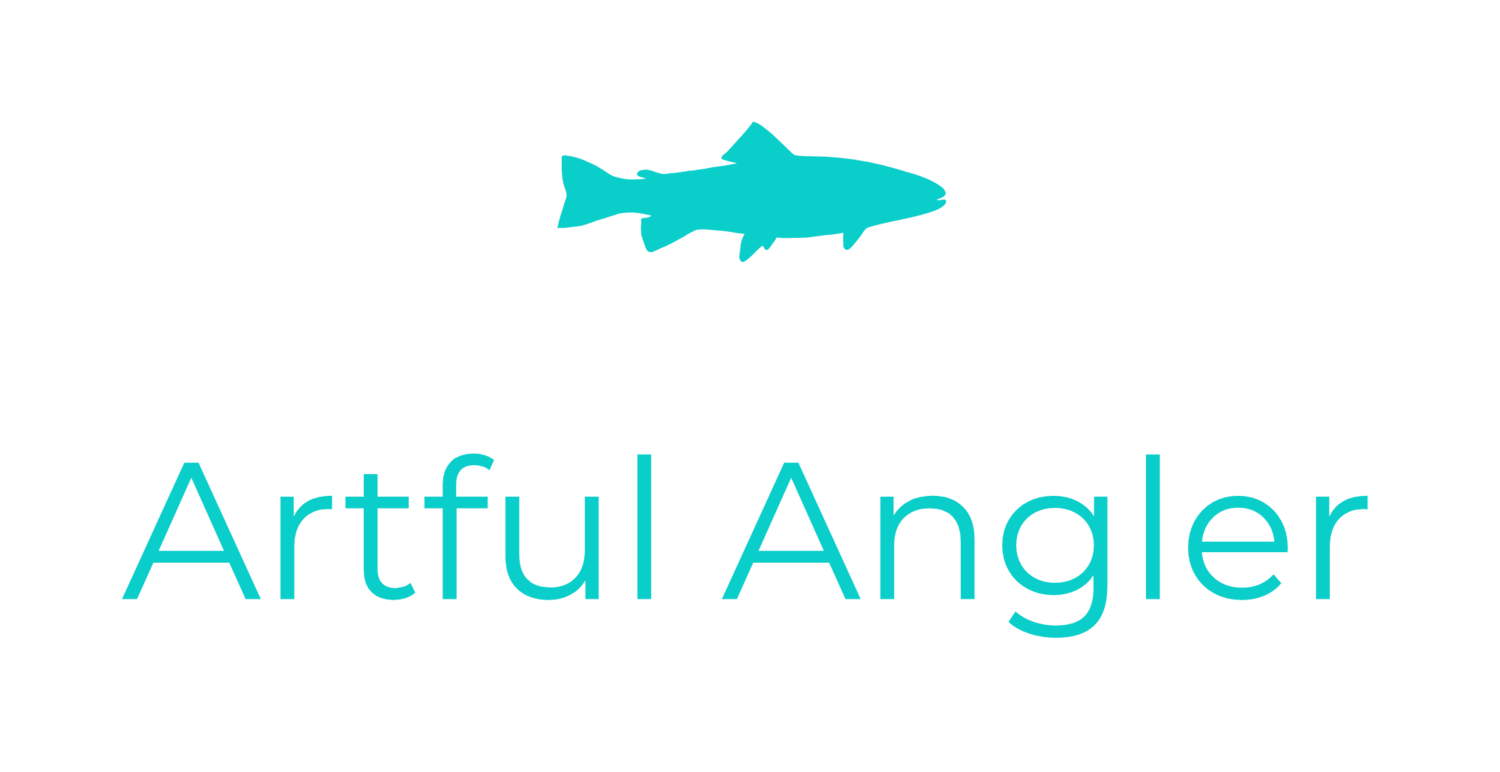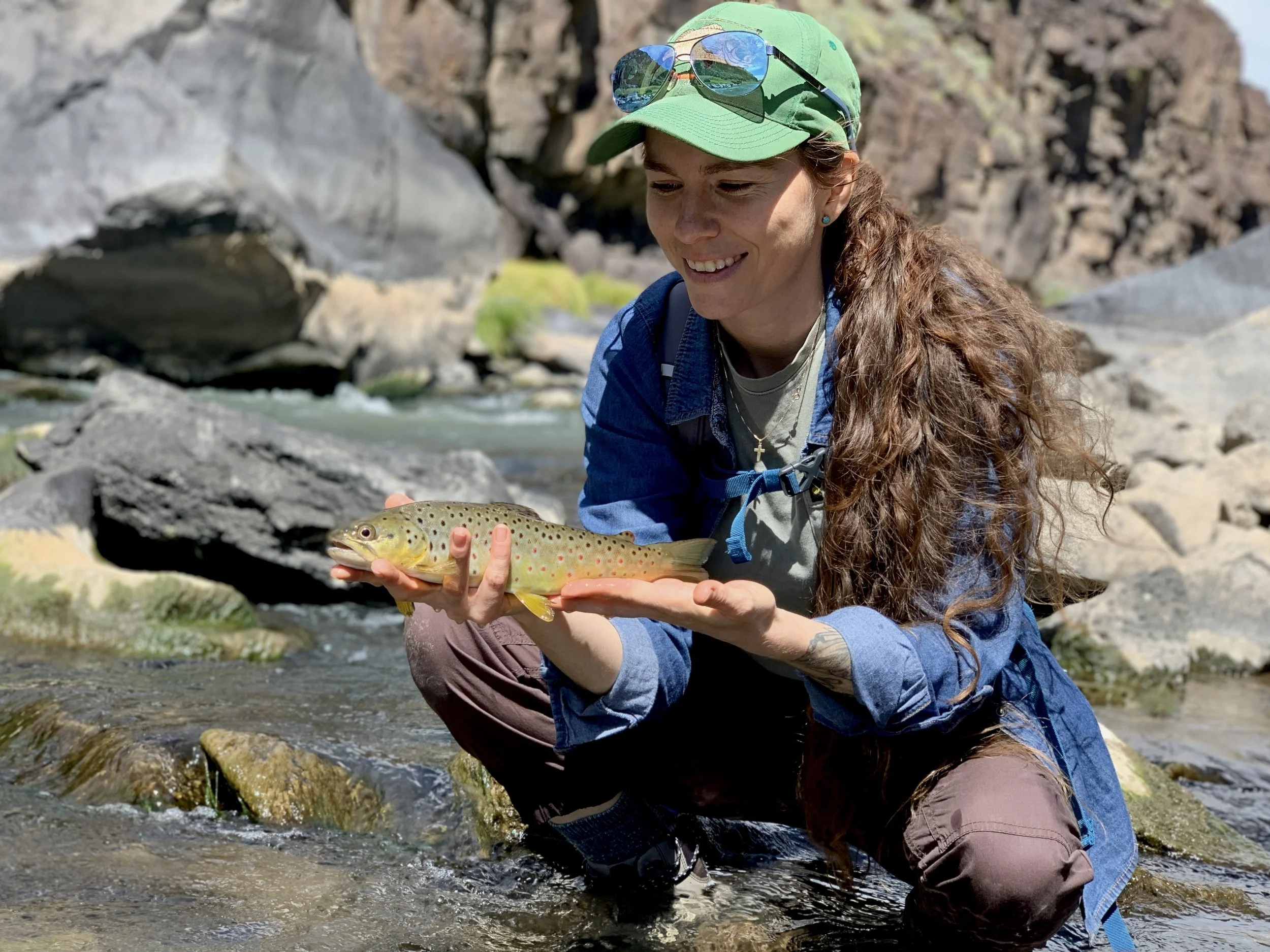For those anglers who are new to fly fishing, you may be surprised to hear that the fly reel is the least part of the equation when it comes to gear.
Fly reels are basically shiny containers for fly line. It is so rare that we get to see the fish we are fly fishing for actually getting the hook and fighting it, most of the time we are on the edge of our wits, waiting for that moment. We fight fish by stripping them in fly fishing.
This is generally true for smaller freshwater species such as trout and bass. As you get more into fly fishing and become a serious fly angler, the reel plays a bigger and bigger role. Of course, you will target bigger fish where a decent drag system is required for strong runs.
Avoid cast fly reels. Spend a few extra bucks on a machined aluminum fly reel with a click-and-paw drag system. While Click and Paw fly reels are basic and they are functional, very low maintenance, and they do land fish well. These are basic tooth and gear systems that were created to prevent the reel from overrunning the line. If budget is a concern, it’s the fly reel where you can save money. Invest in a good fly line if you have any money left over.
What Type of Fly Line Should a Beginner Use?
A good fly line is key to catch fish. When you begin fishing, a great fly line is the world of difference. Fly lines are a braided nylon core with a plastic outer coating and tiny bubbles suspended in the plastic to float the fly line.
Inexpensive fly lines also tend to become waterlogged, sink and make casting and presentation considerably challenging. Which is frustrating when learning the mechanics of fly casting.
Floating fly lines are the default fly lines for a majority of trout, bass, and panfish fly fishing. They help hold your flies up in the water column without the line dragging them under. Floating fly lines are also easier to mend and detect strikes, so you can do a “dead-drift” presentation.
Sinking and weighted fly lines are for fly fishing the pond, lake, and river to help get your streamers and nymph flies lower in the water, to feeding levels, for fish.
A fly line is a specialized piece of equipment. The only main type of line for beginner fly fishermen is a weight forward floating line. Fly lines are tapered. Most of the fly lines are thin and then progress into a fuller heavier profile towards the end of the end of the fly line (we will address why this is critical in the next section).
A weight forward fly line is ideal for presenting all flies and it doesn't need the finesse or experience that other fly lines do so it suits beginners. The typical fly for it is the most versatile out across the board of fly lines and indeed one that I fish with the most frequently today.
Selecting the proper “weight” fly line is simple. Usually, you pick a fly line that is weight forward and equals the weight of your fly rod. For instance, if your fly rod is 6-weight fly rod, then you should be casting a 6-weight fly line.
The beginner's trick to casting further without years of pleasure is to select a fly line heavier than the fly rod which you choose to purchase. So, if you have a 6-weight fly rod you will be using a 7-weight fly line. The added mass of the fly line helps newbie fly fishermen load the rod and create a simple forward cast.
At the end of the day, the best fly line color is totally up to you. So I always fished with lime green, chartreuse color fly line and never a problem. The fly line color is simply for visibility in low light and bright conditions.
How To Cast A Fly Rod for Beginners
To cast a fly rod is not an overly complex thing to do provided you know how fly fishing differs from traditional fishing. When we cast a conventional, and spin setup, we are throwing a pet rod, and used the weight of your bait, or the action of the rod. It transfers the energy from the rod to the lure and projects it across the river.
In fly fishing we do not caster heavy lures. We’re throwing about little, lightly weighed-down flies. Thus, it is necessary for us to load or bend the fly rod using the weight of the plastic-coated fly line. The fly rod stores energy, which allows us to present the flies and make long casts. This is important to understand and presents the reason for a weighted fly line which makes casting easy. It’s all about getting the momentum/energy that’s built up in the fly rod out into the delivery of the line.
Let's Break Down A Basic Overhead Cast
An overhead cast has three components—the back cast, the pause and the forward cast. Starting our cast with the rod tip high in the air or a lot of slack on the water robs us of the valuable space to get the fly line moving in the right direction. This leads to a dramatic loss in power, and we cannot throw the fly line behind us. This is the most common cause of tangled fly lines and leaders.
Another thing to remember when doing a back cast is having your rod tip as close to the water as you can get it. Ensure that not an excessive amount of fly line extends from the tip of your fly rod. Begin with 3 to 6 feet of fly line.
When practicing an overhead cast, an analogy I like to use is that there is a tiny tomato on the extremo of my rod tip. While the back cast (rod tip low to the water and no slack) starts slowing by lifting the rod, speeding up and come to an abrupt stop at my ear flicking the tomato off the end of the rod and splattering against an imaginary wall at the height of your head behind you.
Again the second stage of casting a fly rod is to pause. Let any fly line unwind behind me and go as straight as it possibly can. Hang the fly line behind you, shame-free. This adds tension to the line on the fly, which loads the rod and prevents a tangle from happening. The very last step in a fly cast is to deliver the fly on target.
The last and third part of casting a fly rod is the forward cast.
Once your fly line is fully extended behind you in the air, accelerate and thrust the fly rod tip forward to where you want the fly to land, then create an aggressive stop. You should feel the energy driving from the fly rod into your fly line.
These mechanics, combined with a basic overhead cast as shown in the video above, will allow fly fishermen to execute many other casts including the roll cast, reach cast, and any other casts that they may need for specific scenarios when fly fishing. And the best place to practice without a fly is in your yard.
Once you have the basic forward cast down, you can begin working on your single haul and double haul casts. These casts are a little bit more complicated, but they allow you to cast even further distances.


